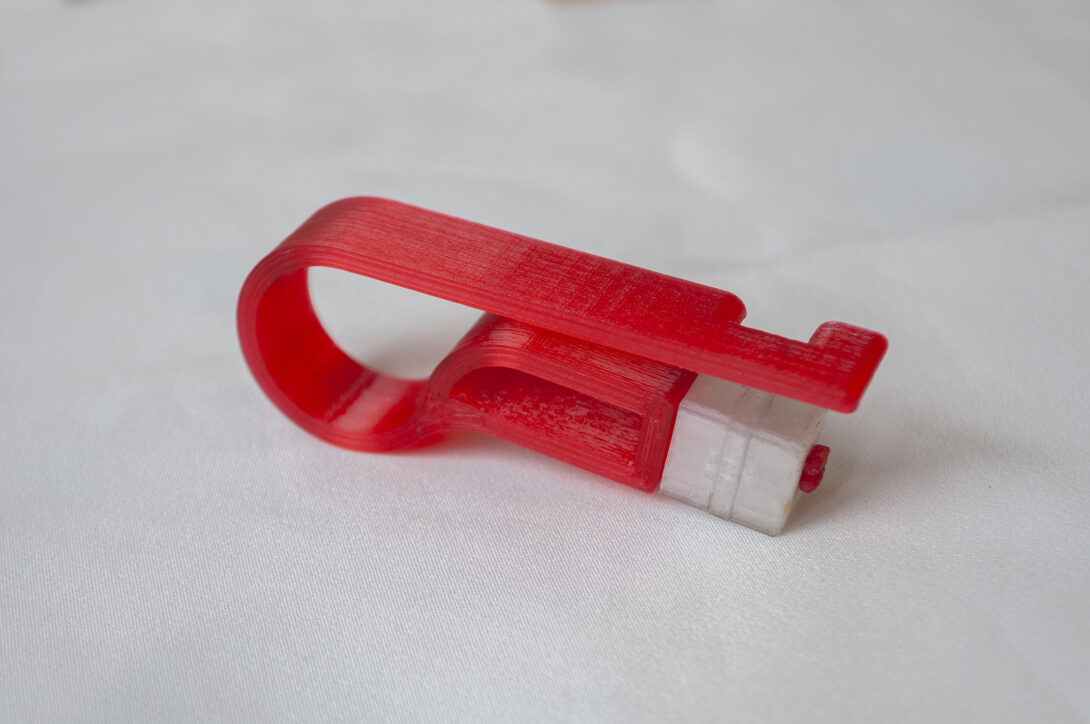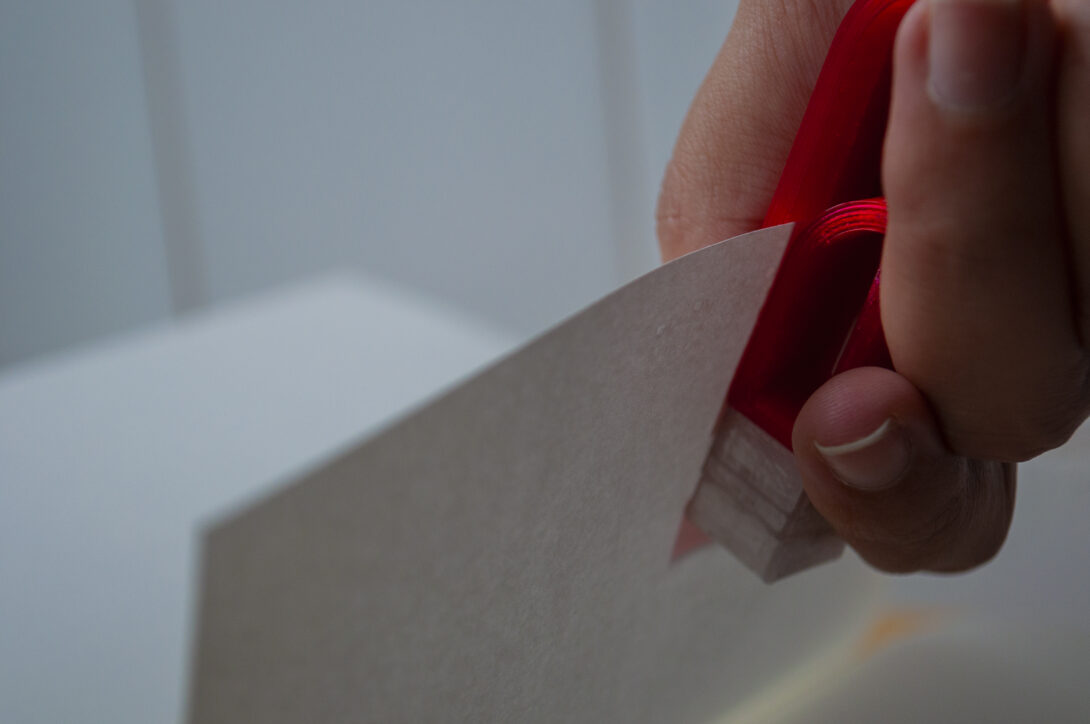Talent

dot.
A project by
Diana Martins, Fabiana Silva & Pedro Figueiredo
- Profession
- Design Students
- Project
- dot.
- Based in
- Lisbon
- Platform Member
- Politecnico de Lisboa
- Works at
- —
About the project
dot. is a Braille stamp designed to mark Braille characters on paper, enhancing communication between individuals with visual impairments and those without. Additionally, it serves as a pedagogical tool, aiding in the learning process of Braille writing and reading, with the potential to have a significant impact in areas with high numbers of visually impaired individuals and excessive disposable plastic pollution.
The dot. project aims to improve the quality of life for individuals with visual impairments by serving as an effective and cost-efficient means of imprinting Braille characters on paper. Being a more compact device with a concise writing process, it presents a better alternative to large Braille writing machines and impractical presses. Additionally, the dot. proposes the production of the stamp using open source plastic recycling techniques, providing an alternative to discarded plastic reuse. The dot. is a stamp designed to mark Braille characters on paper, facilitating communication between individuals with visual impairments and those without. This product also serves as a pedagogical tool, assisting those learning Braille writing and reading. Moreover, it can be easily applied worldwide, playing a more significant role in areas with a high number of visually impaired individuals and in locations with high disposable plastic pollution. The project includes an application that facilitates text translation into Braille, respecting writing rules and assisting users in using the dot. The application features various functionalities, with the primary one being text translation to Braille through writing, sound, and/or image capture. The translation is designed to guide users step by step through each letter required for word and sentence formulation. The application also includes the product’s instruction manual and the Braille alphabet. Thus, an ecosystem is established that can involve associations supporting the blind and visually impaired, either individually or in partnership with units producing these objects from recycled plastic. The sale of these small objects, coupled with the facilitated use through the proposed application, can not only generate revenue to support the associations but also democratize access to Braille printing, reaching more contexts such as local businesses, social services, communities, etc. The dot. consists of a spring-shaped press accompanied by three quadrangular prism-shaped pieces that, arranged in series, form a cube. Each lateral face of each piece features convex points corresponding to a row of the character to be traced. The arrangement of these points on their respective faces is based on the construction of Braille characters. To form the desired Braille letter, one simply rotates the pieces to obtain the necessary point scheme for subsequent tracing on paper. This process is continued until the word or sentence is completely traced. The alignment of each letter is achieved through the empty space on the piece with the framing of the previous letter. With a hand-sized, easy-to-use, and transportable object, it becomes possible to write small notes and identify documents and letters. This object is open source, can be produced in other ways, including 3D printing, and all its files are editable and available on the dot.’s Notion platform. The dot. may not be the solution to the world’s problems, but it seeks to improve people’s quality of life by facilitating communication, aiding in learning, and reducing environmental damage in terms of pollution and en




